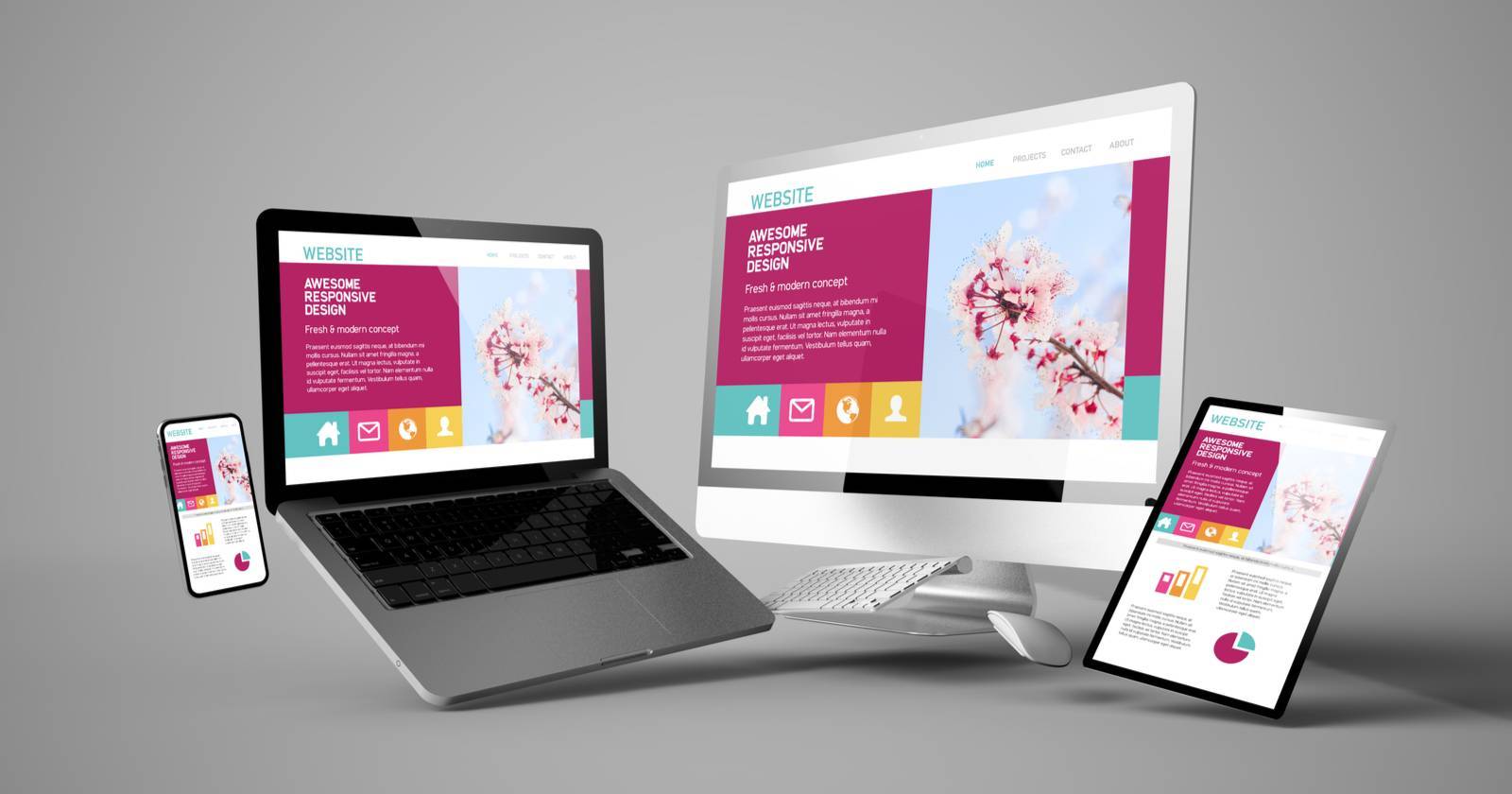Bridging Boundaries: Professional Web Design
Because we live in a digital age, the online presence of a company is sometimes the first point of contact that potential customers have with the organization. It is therefore impossible to stress the significance of having a skilled web design expert. A website that is well designed not only draws in visitors, but it also keeps those visitors interested and ultimately turns them into devoted clients. Within the scope of this essay, we delve into the complexities of professional web design, inspecting its fundamental components and analyzing the influence it has on businesses. Bridging Boundaries: Professional Web Design
The Essence of Professional Web Design
Professional web design covers not only aesthetics but also functionality, usability, and accessibility in addition to aesthetic factors. To achieve this, it is necessary to develop a user experience that is consistent across all platforms and devices. A website that has been professionally built reflects the identity and values of the company, which establishes credibility and trustworthiness among site users. It functions as an effective instrument for the promotion of the brand and the involvement of customers.
User-Centric Approach
An strategy that is centered on the user is essential to the practice of professional web design. The primary emphasis of designers is to gain an understanding of the target audience, including their preferences, needs, and patterns of behavior. They ensure that the website lives up to the expectations of its visitors by incorporating user feedback and conducting usability testing during the development process. A user-centric website is characterized by a number of characteristics, including call-to-action buttons that are easy to understand, responsive design, and intuitive navigation.
The Role of Visual Design
The visual design of a website is quite important in terms of attracting the attention of visitors and effectively communicating the message sent by the business. The layout, color scheme, typography, and artwork as well as other components are included in its scope. A visually beautiful and engaging website is created when these aspects are in a state of harmonious balance with one another. Reinforcing brand identification and cultivating a sense of trust among users can be accomplished by maintaining a consistent branding across all pages.
Responsive Design
The adoption of responsive design has become an absolute necessity in this day and age, when mobile browsing has surpassed desktop viewing. In order to provide users with the best possible viewing experience across all devices, a website that is responsive will automatically adjust itself to different screen sizes and resolutions. This not only improves the overall pleasure of users, but it also helps improve search engine results, as search engines give preference to websites that are mobile-friendly in their evaluation algorithms.
Optimizing User Experience
It is important to consider the user experience (UX) while evaluating the success of a website. User needs are anticipated by a website that has been thoughtfully built, and the user is led through the navigation process in an uncomplicated manner. It removes areas of friction and simplifies interactions, which ultimately results in an increase in overall happiness. The user experience is continuously refined by designers through the completion of usability tests and the collection of feedback in order to fulfill the ever-changing expectations of users.
Accessibility
One of the most important aspects of professional web design is accessibility, which ensures that the website can be utilized by those who have disabilities. Accessibility criteria, such as the Web material Accessibility criteria (WCAG), are adhered to by designers in order to ensure that material is readable, usable, and comprehendible by all users. Inclusivity and compliance with accessibility requirements can be ensured through the incorporation of features such as alternative text for images, keyboard navigation, and color contrast ratios and other similar features.
Measuring Success
Success in the field of professional web design is assessed not only by the aesthetic appeal of the website, but also by the tangible results that it produces. The conversion rate, the bounce rate, and the average session time are all examples of key performance indicators (KPIs) that offer insights into the performance and effectiveness of the website. By conducting an analysis of these indicators and optimizing the design in an iterative manner, organizations are able to accomplish their goals and maintain a competitive advantage over their rivals.
Continuous Improvement
The design of websites is an iterative process that is driven by constant improvement and adaptation to shifting technological trends and trends in general. Designers keep themselves updated on the latest advances in the business as well as the preferences of users, and they incorporate creative ideas in order to improve the functioning of the website and the user experience. Audits and upgrades performed on a regular basis ensure that the website continues to be contemporary, interesting, and competitive in the constantly shifting digital landscape.
Conclusion
At the end of the day, businesses who want to develop a powerful online presence and drive meaningful interactions with their target audience absolutely need to invest in professional web design. Creating websites that resonate with users and produce concrete results may be accomplished by organizations through the adoption of a user-centric strategy, the utilization of visual design principles, the optimization of user experience, and the measurement of performance through actionable metrics. When it comes to web design, it will be necessary to embrace best practices in order to maintain a competitive advantage in the digital sphere as technology continues to advance.






